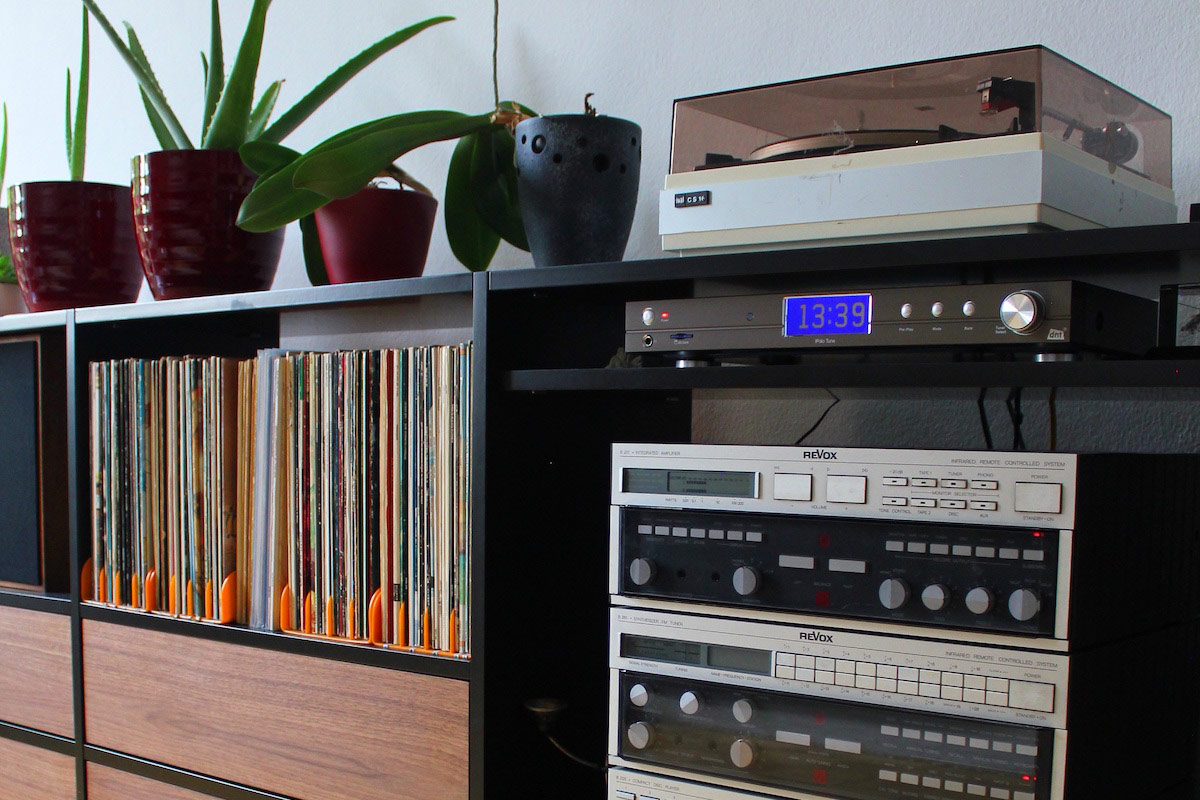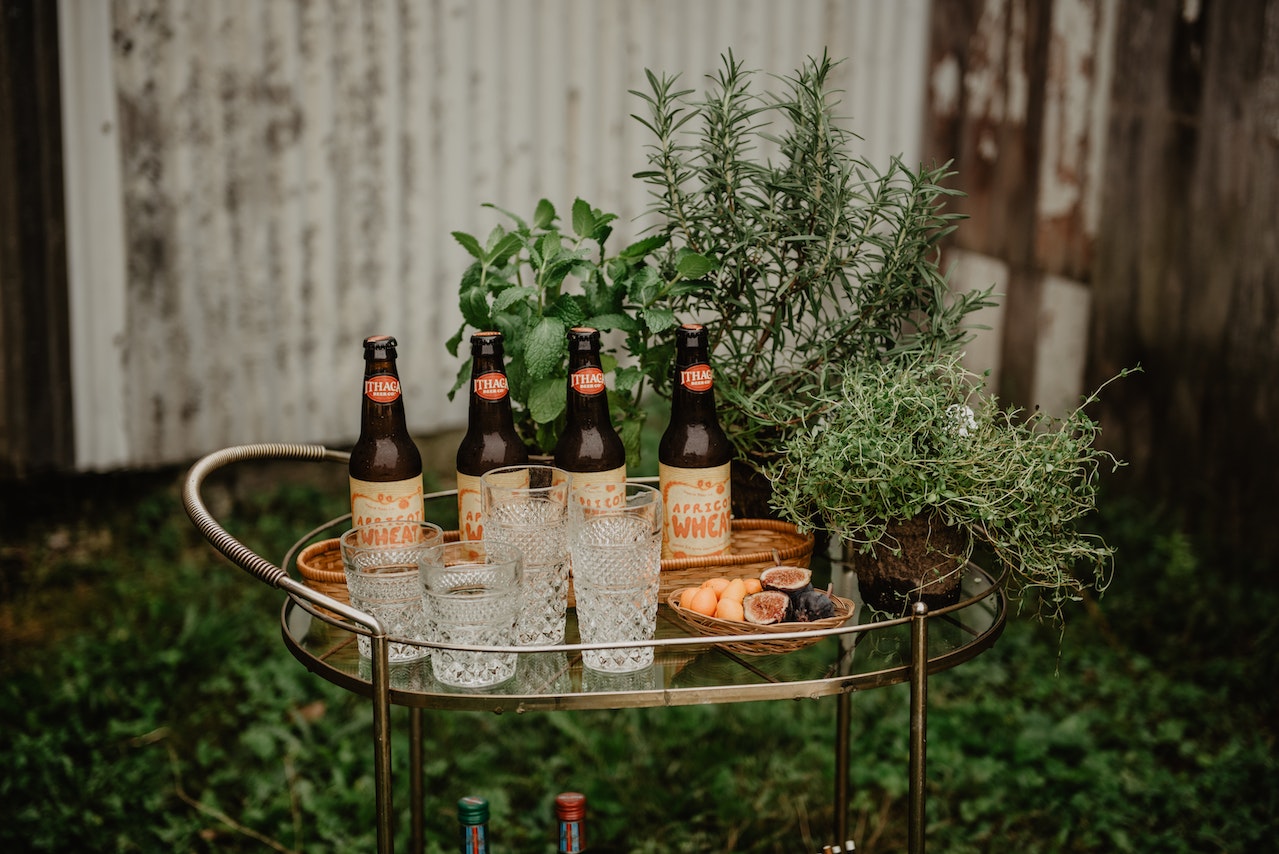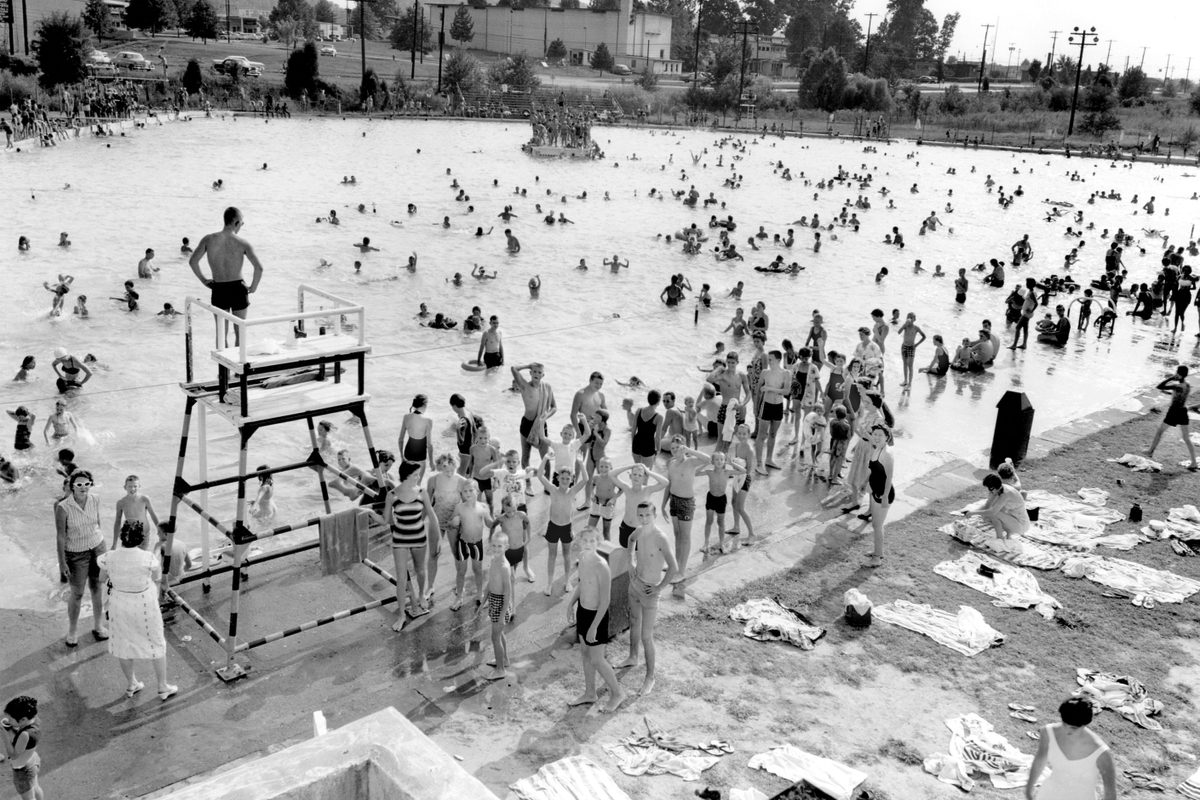Five retro items we’re seeing again in 2023
Over the past 50 or so years, our lifestyles have changed in so many ways. To take just one example, dinner parties, once a staple on our social calendar, migrated to the newest trendy restaurant and it was just as likely to be brunch. Having had to spend so much time at home recently, householders reverted to simpler ways of living. Remember the great bread baking boom of 2020?
We are seeing items once relegated to the shed or the charity shop making comebacks. Uncertainty in our world has led us to grasp familiar items from our past, from a time when we felt safer and more optimistic. Admittedly, some of these items were already being picked up by Millennials before the pandemic but older readers will recognise most of the following.

Our top five retro home items
- Vinyl records and turntables
Those of us who grew up with a record player and revelled in the gorgeous artwork of album covers still loved the convenience and portability of first the Sony Walkman and then our CD or MP3 players. However, music lovers appreciate the superior sound quality offered by vinyl ‒ and to play your vinyl records, you need an old-fashioned turntable. These latter are now so popular you can buy inexpensive versions at the Post Office. Vinyl records can be hard to get your hands on but many artists, especially those with smaller independent labels, still prefer to release on vinyl.
- The drinks trolley or cocktail bar
If you weren’t into baking in 2020 and 2021, there’s a fair chance you got into cocktails. After all, those Zoom meetings with friends and family weren’t going to kick off on their own. Once a must-have for young householders, the drinks trolley and cocktails shifted to bars. Being at home with little outlet for creativity led many to invest in the makings of one or two favourite cocktails, a shaker and cocktail glasses.
- Natural textured materials
In the 1970s, you could hardly move in homes for all the cane chairs, macramé plant holders and wall hangings, and exposed brick walls. The 1980s was the antithesis, with sleek surfaces offering blank spaces. With the rise of the Scandi, Japandi and Hamptons styles that use neutrals as their base, natural materials like jute rugs, textured cushions and throws, rattan and can, and exposed brick are having another moment.
- Wallpaper ‒ everywhere
The 1970s was the last period during which wallpaper made a statement. Then oh-so-gradually, minimalism took hold. We agree that minimalist homes look great on Pinterest but they aren’t homes in which families can live comfortably. As maximalism returns, driven (again) largely by Millennials, and labelled ‘grand Millennial’ or ‘cottage core’, we’re seeing wallpaper make a comeback but not only on walls. Ceilings, feature walls, the inside of cupboards or as a mural ‒ these new-era wallpapers make a statement.
- Curved furniture
The space race defined much of the styles of the 1960s. Curved forms, particularly the classic Ball Chair by Eero Aarnio, the Tulip Chair and Table by Eero Saarinen (designed in the 1950s but widely adopted in the 1960s) or the circular plastic cabinet designed for Valenti graced many a stylish home. In the 2020s, we see a return to curves in furnishings such as round sofas (like this one from King Furniture), or this soft-edged sofa from RJ Living in Melbourne.

Can we help with your property needs?
Need help with buying or selling property in 2023? Give us a call today.




